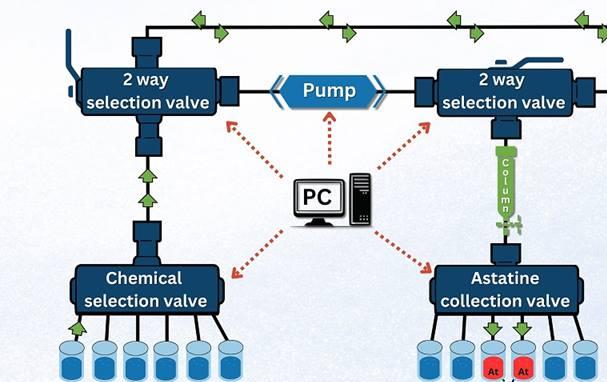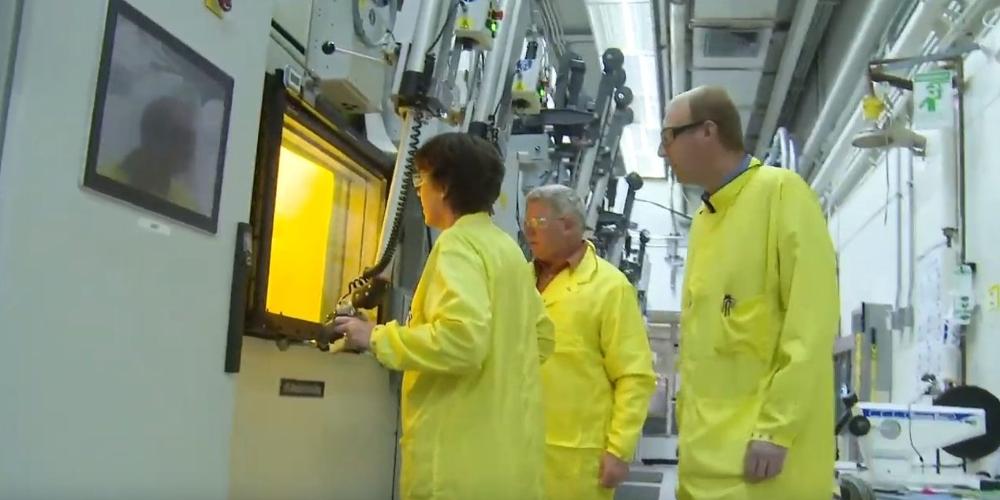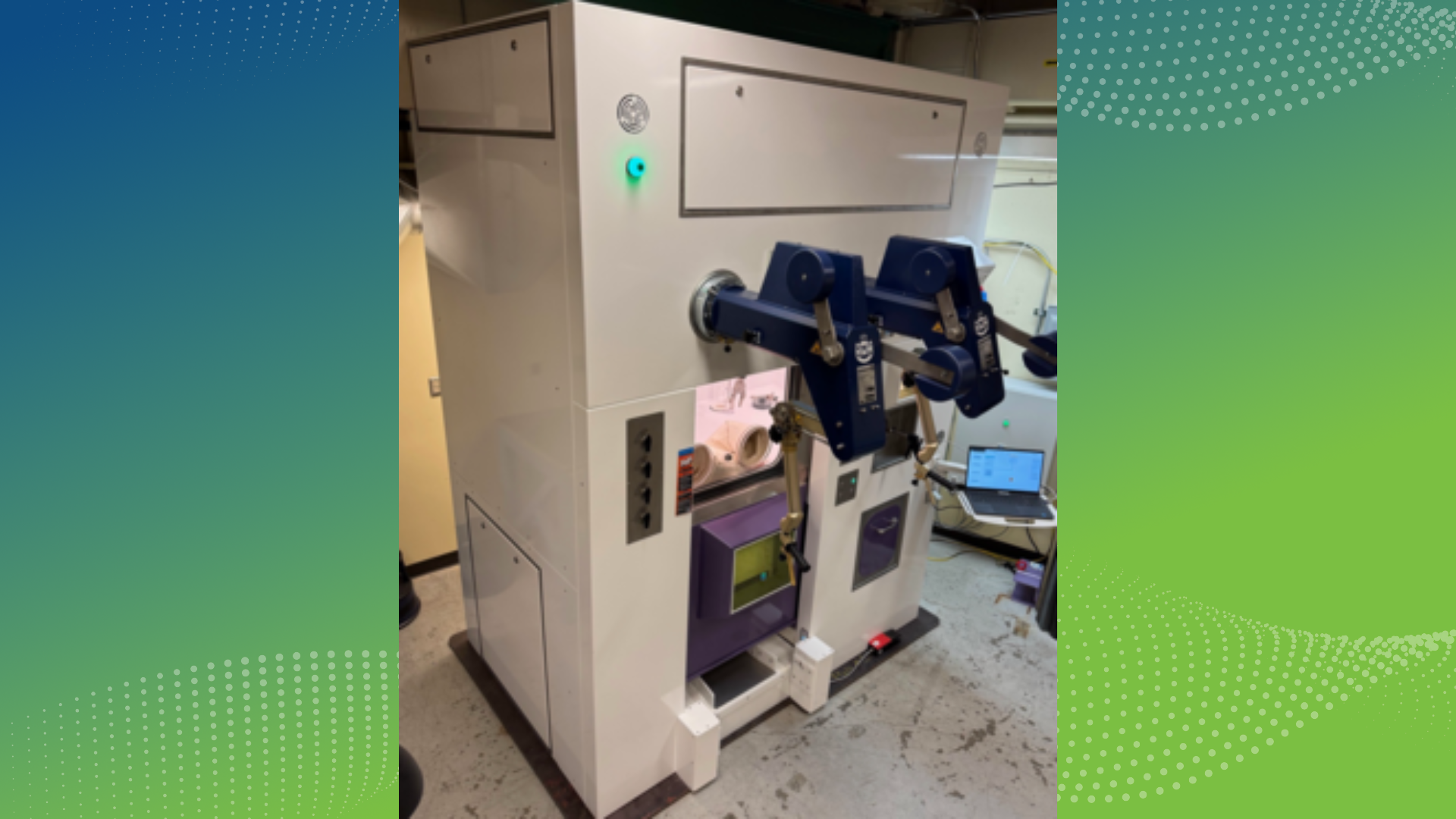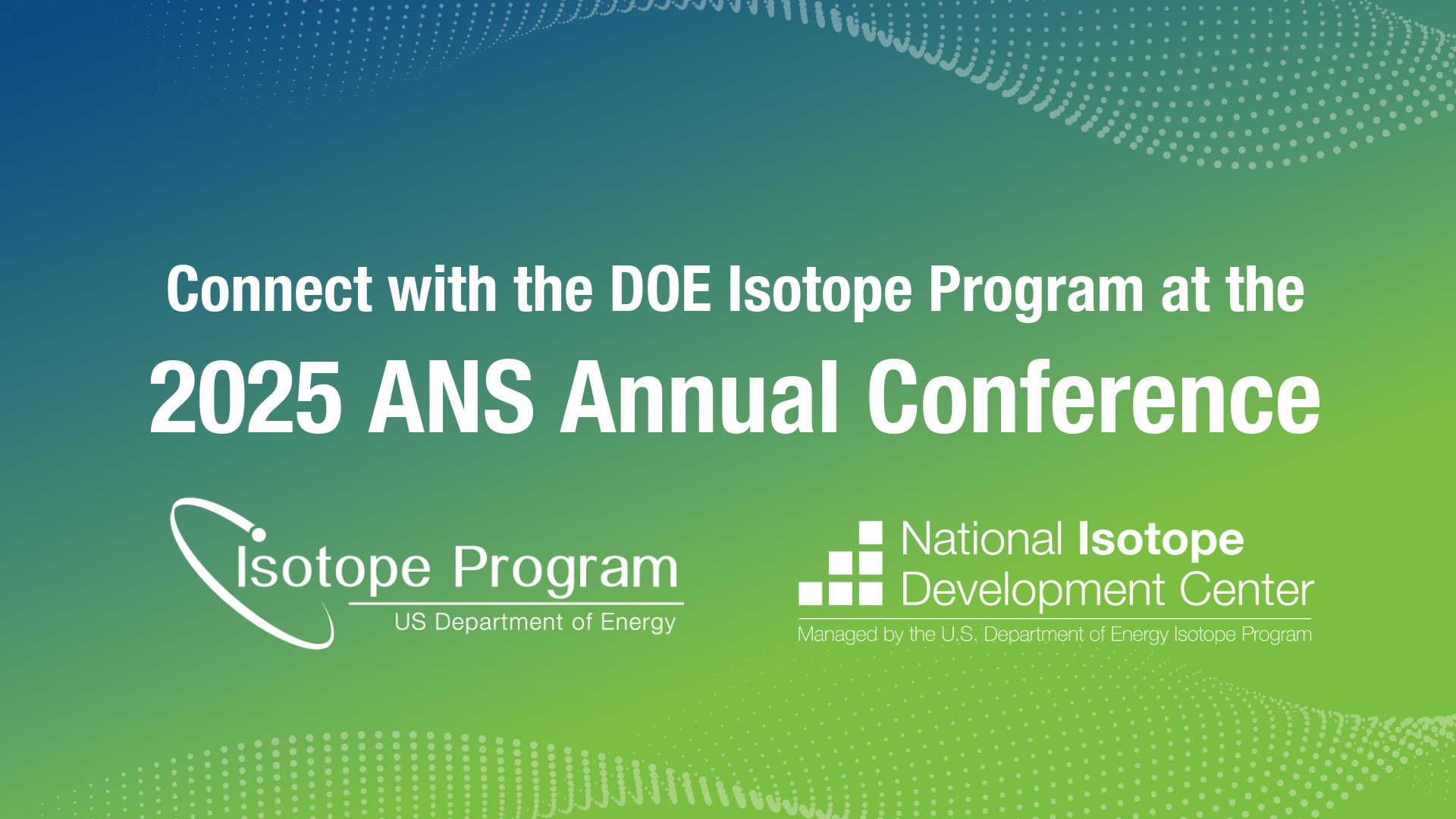With 225+ isotopes available for purchase, the U.S. Department of Energy Isotope Program is the world leader in quality, purity, and availability of the most sought after and rare isotopes.
NIDC News
DOE Isotope Program Highlights
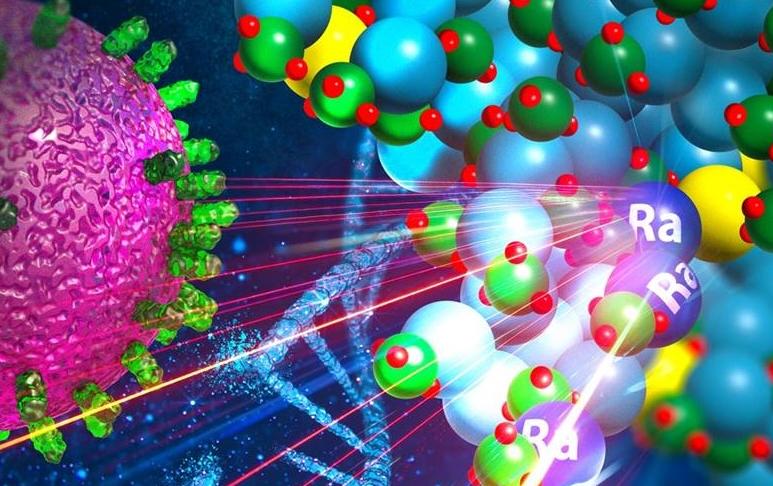
Killing Cancer with Radioactive Nanocrystals
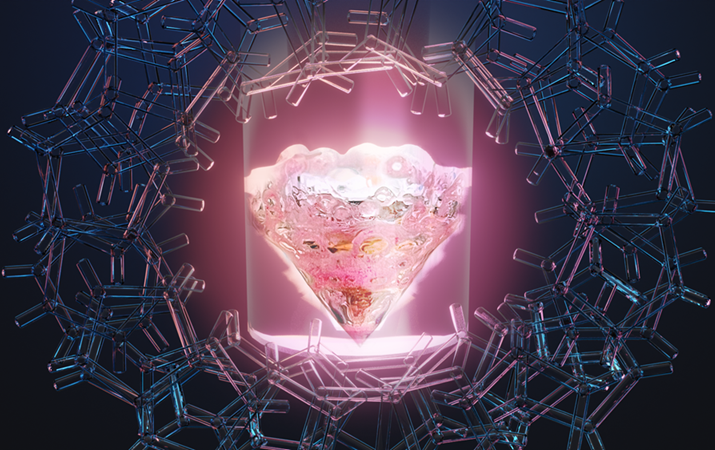
Promethium Chemistry Breakthrough Could Unlock New Applications

Understanding the Adsorption Properties of Terbium for Future Medical Use
